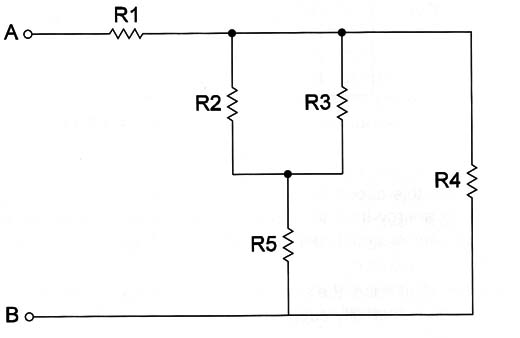In an electric circuit one power supply can be used to power many elements. Even in a simple circuit several elements are used.
The manner in which these elements are wired determines how the current flows, how the voltages are divided, and how the heat is produced by each element.
In electrical applications the analysis of the circuits is generally simple when few elements are used.
Otherwise, in electronics the circuits used to be very complex, with hundreds or even thousands components.
Knowing the way in which the components are wired is fundamental to find failures or to calculate com ponent values.
Any professional or even student must know the differences in the way the various components are wired to be able to make a correct analysis of their operation.
Although the circuits can be formed of hundreds or thousands components, there are only two ways to wire them:
1. Series -Two or more elements of a circuit are wired in series if they are placed as shown in Figure 1.

The current in all the elements of this circuit (in our case, resistors) is the same.
The voltage across each element is proportional to its resistance. The components with the larger resistance will dissipate more heat.
2. Parallel -The components of a circuit (in our example lamps) are wired in parallel when placed as shown in Figure 2.

The voltages applied to all the components are the same, and the element presenting the lower resistance dissipates more heat as the current in this element is also the higher.
When working with electronic circuits, the electrician can find many types of components and, they can be combined in complex associations where some devices are in parallel and others are in series. So, series-parallel associations are common (Figure 3).

The professional or student can analyze one of these configurations taking into consideration which components are in series and which are in parallel.
For readers who want to learn more about this topic, a specific electronics course in calculus of equivalence resistance associations is recommended.
This site shows how to calculate the result of component associations like resistor, capacitors and inductors. See the section Mathematics for Electronics.




